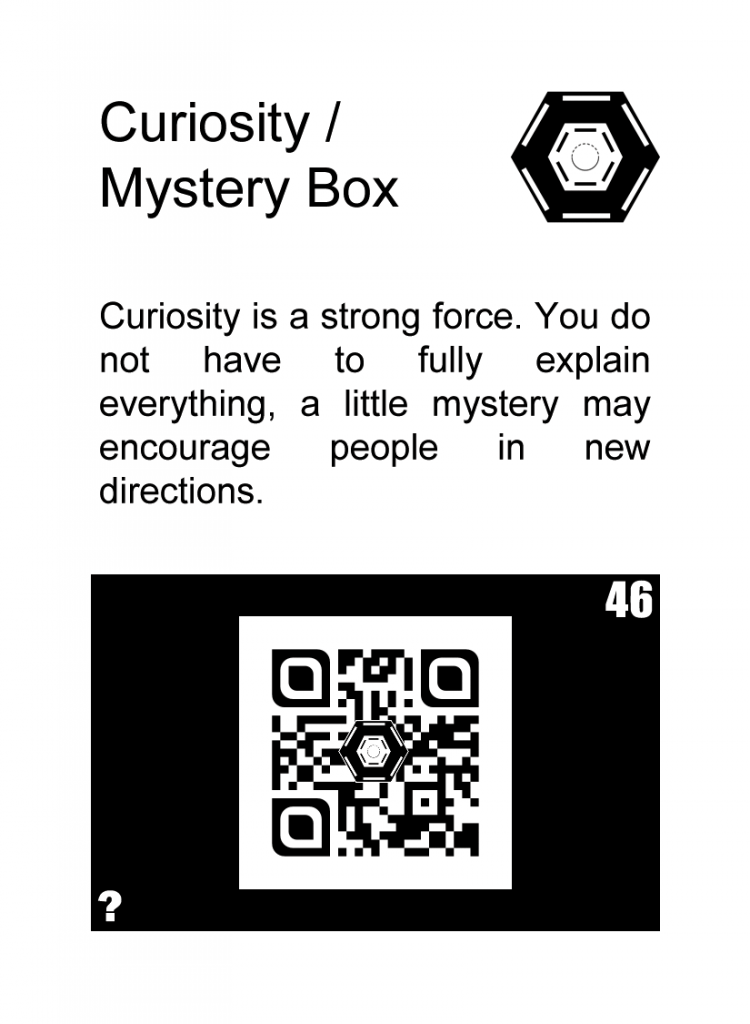Most people seem to like surprises and mystery. It also seems that curiosity has the power to drive us to do strange and counter-intuitive things. We like to know what is in the mystery box, what is behind door number 3, what happens after the season finale, what the red “do not press” button actually does, if we can climb to the top of the rickety looking rope.
Curiosity can also be seen around problem solving. Whilst at times we need to solve the problem, there is no need for us to do puzzles like crosswords or to learn languages that we do not really need. These kinds of drives seem to fall in or around curiosity. Think of children and how they learn. I remember being told and told and told that the berries in the garden were poisonous, but curiosity got the better of me – I had to find out if they really were. The resulting vomiting supplied me with the answer to my curiosity. I could not deal with this idea that I just didn’t know for myself. Curiosity lead me to learn about Gamification and learn how to programme.
